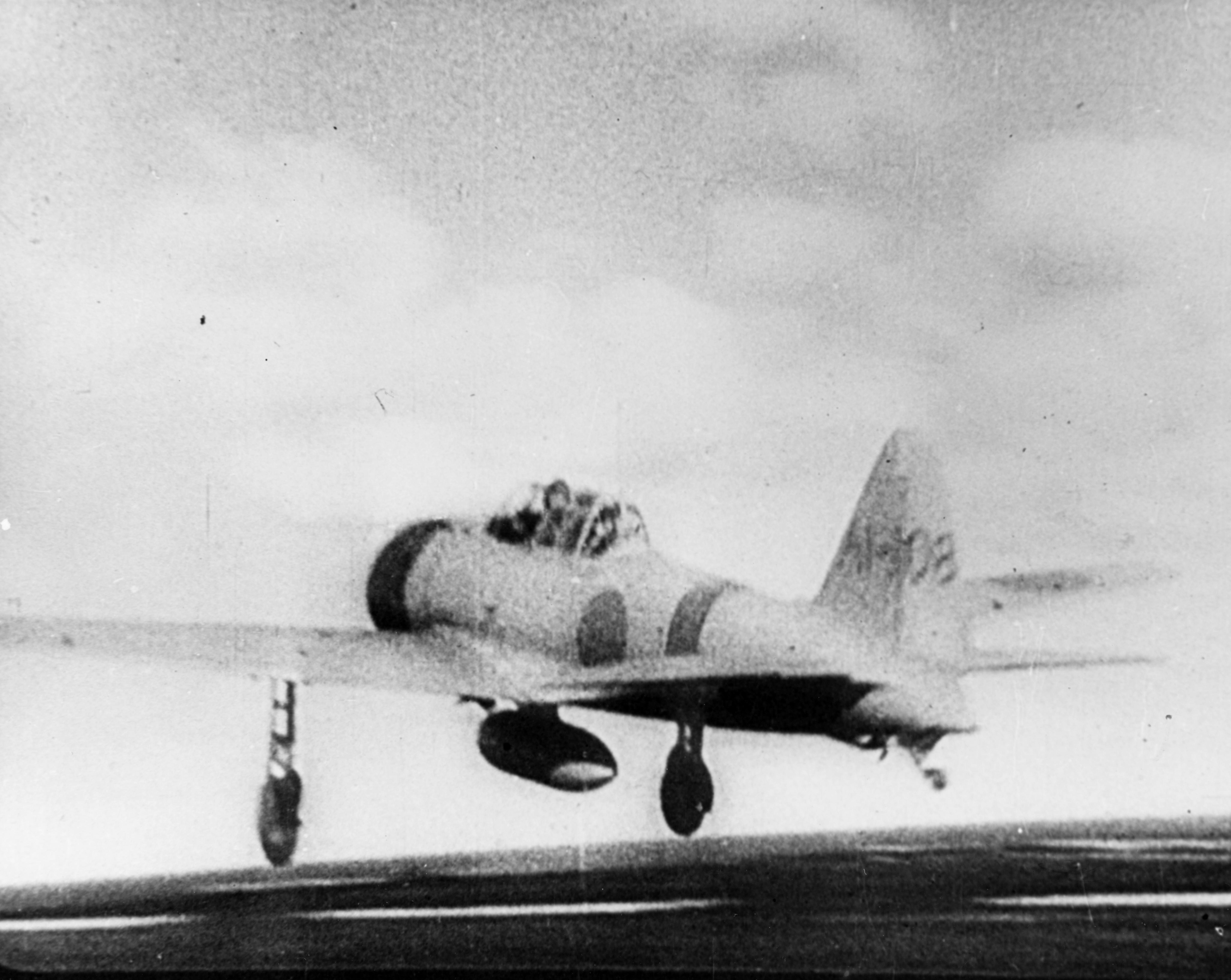|
RAF Kai Tak
RAF Kai Tak was a Royal Air Force (RAF) station in Hong Kong, based at Kai Tak Airport. It was opened in 1927 and used for seaplanes. The RAF flight operated a few land based aircraft as well as having spare aircraft for naval units. History From 1968 to 1978 it was used by various RAF helicopter units, as well as the Royal Hong Kong Auxiliary Air Force and Hong Kong Volunteer Defence Corps Air Unit. The RAF left Kai Tak and moved most other operations to Sek Kong Airfield. From 1993 onwards the civilian Government Flying Service replaced the Royal Hong Kong Auxiliary Air Force at Kai Tak, thus ending the RAF presence at the airport. The apron and the old NCO Mess areas were used by the Royal Hong Kong Police Force as the Police Driving School premises for a number of years until re-sited. Non-military users It was the main airfield in Hong Kong housing other non-military users: * Far East Flying Training School founded in the 1920s - later changed its name to Far East ... [...More Info...] [...Related Items...] OR: [Wikipedia] [Google] [Baidu] |
Heraldic Badges Of The Royal Air Force
Heraldic badges of the Royal Air Force are the insignia of certain commands, squadrons, units, wings, groups, branches and stations within the Royal Air Force. They are also commonly known as crests, especially by serving members of the Royal Air Force, but officially they are badges. Each badge must be approved by the reigning monarch of the time, and as such will either have a Tudor Crown (heraldry), King's or St Edward's Crown, Queen's Crown upon the top of the badge, dependent upon which monarch granted approval and the disbandment date of the unit.Most units/squadrons and bases had their badges updated to the Queen's Crown sometime after her accession, (although in some cases many years elapsed before the badge was updated). Most of the flying units were disbanded after the Second World War, so their badges retained the King's Crown. Queen Elizabeth II promulgated an order in October 1954 detailing that all current badges in use, and from that date on, were to use the Queen's ... [...More Info...] [...Related Items...] OR: [Wikipedia] [Google] [Baidu] |
Macau Aerial Transport Company
Macau or Macao (; ; ; ), officially the Macao Special Administrative Region of the People's Republic of China (MSAR), is a city and special administrative region of China in the western Pearl River Delta by the South China Sea. With a population of about 680,000 and an area of , it is the most densely populated region in the world. Formerly a Portuguese colony, the territory of Portuguese Macau was first leased to Portugal as a trading post by the Ming dynasty in 1557. Portugal paid an annual rent and administered the territory under Chinese sovereignty until 1887. Portugal later gained perpetual colonial rights in the Sino-Portuguese Treaty of Peking. The colony remained under Portuguese rule until 1999, when it was transferred to China. Macau is a special administrative region of China, which maintains separate governing and economic systems from those of mainland China under the principle of "one country, two systems".. The unique blend of Portuguese and Chinese arc ... [...More Info...] [...Related Items...] OR: [Wikipedia] [Google] [Baidu] |
De Havilland Hornet
The de Havilland DH.103 Hornet, developed by de Havilland, was a fighter aircraft driven by two piston engines. It further exploited the wooden construction techniques that had been pioneered by the de Havilland Mosquito. Development of the Hornet had started during the Second World War as a private venture. The aircraft was to conduct long range fighter operations in the Pacific Theatre against the Empire of Japan but the war ended before the Hornet reached operational squadron status. The Hornet entered service with RAF Fighter Command where it equipped several day fighter units and was commonly stationed in the British mainland. It saw combat in the Far East, being used as a strike fighter as part of the British military action taken during the Malayan Emergency. A naval carrier-capable version, the Sea Hornet, had been envisaged early on and was procured by the Fleet Air Arm of the Royal Navy. Development Origins In the autumn of 1941, de Havilland found that it had t ... [...More Info...] [...Related Items...] OR: [Wikipedia] [Google] [Baidu] |
Bristol Beaufighter
The Bristol Type 156 Beaufighter (often called the Beau) is a British Multirole combat aircraft, multi-role aircraft developed during the Second World War by the Bristol Aeroplane Company. It was originally conceived as a heavy fighter variant of the Bristol Beaufort torpedo bomber. The Beaufighter proved to be an effective night fighter, which came into service with the Royal Air Force (RAF) during the Battle of Britain, its large size allowing it to carry heavy armament and early AI Mark IV radar, airborne interception radar without major performance penalties. The Beaufighter was used in many roles; receiving the nicknames ''Rockbeau'' for its use as a rocket-armed attack aircraft, ground attack aircraft and ''Torbeau'' as a torpedo bomber against Axis powers, Axis shipping, in which it replaced the Bristol Beaufort, Beaufort. In later operations, it served mainly as a maritime strike/ground attack aircraft, RAF Coastal Command having operated the largest number of Beaufigh ... [...More Info...] [...Related Items...] OR: [Wikipedia] [Google] [Baidu] |
F4U Corsair
The Vought F4U Corsair is an American fighter aircraft which saw service primarily in World War II and the Korean War. Designed and initially manufactured by Chance Vought, the Corsair was soon in great demand; additional production contracts were given to Goodyear, whose Corsairs were designated FG, and Brewster, designated F3A. The Corsair was designed and operated as a carrier-based aircraft, and entered service in large numbers with the U.S. Navy in late 1944 and early 1945. It quickly became one of the most capable carrier-based fighter-bombers of World War II. Some Japanese pilots regarded it as the most formidable American fighter of World War II and its naval aviators achieved an 11:1 kill ratio. Early problems with carrier landings and logistics led to it being eclipsed as the dominant carrier-based fighter by the Grumman F6F Hellcat, powered by the same Double Wasp engine first flown on the Corsair's initial prototype in 1940. Instead, the Corsair's early depl ... [...More Info...] [...Related Items...] OR: [Wikipedia] [Google] [Baidu] |
De Havilland Tiger Moth
The de Havilland DH.82 Tiger Moth is a 1930s British biplane designed by Geoffrey de Havilland and built by the de Havilland, de Havilland Aircraft Company. It was operated by the Royal Air Force (RAF) and other operators as a primary trainer (aircraft), trainer aircraft. In addition to the type's principal use for ''ab initio'' training, the World War II, Second World War had RAF Tiger Moths operating in other capacities, including Maritime patrol aircraft, maritime surveillance and defensive anti-invasion preparations; some aircraft were even outfitted to function as armed light bombers. The Tiger Moth remained in service with the RAF until it was replaced by the de Havilland Canada DHC-1 Chipmunk, de Havilland Chipmunk during the early 1950s. Many of the military surplus aircraft subsequently entered into civilian operation. Many nations have used the Tiger Moth in both military and civilian applications, and it remains in widespread use as a recreational aircraft. It is ... [...More Info...] [...Related Items...] OR: [Wikipedia] [Google] [Baidu] |
Hawker Horsley
The Hawker Horsley was a British single-engined biplane bomber of the 1920s. It was the last all-wooden aircraft built by Hawker Aircraft, and served as a medium day bomber and torpedo bomber with Britain's Royal Air Force between 1926 and 1935, as well as the navies of Greece and Denmark. Design and development The Horsley (named after Sir Thomas Sopwith's home of Horsley Towers) was originally designed to meet Air Ministry Specification 26/23 for a day bomber powered by a single Rolls-Royce Condor engine.. While the specification called for any production aircraft to be of metal construction, Hawker proposed to build the prototype of wooden construction, gradually switching to a metal structure during production. This was acceptable to the Air Ministry, and an order for a single prototype was placed. The first prototype was flown in March 1925, powered by a engine, and was delivered to the Aeroplane and Armament Experimental Establishment at Martlesham Heath on 4 May 1925. ... [...More Info...] [...Related Items...] OR: [Wikipedia] [Google] [Baidu] |
Fairey Flycatcher
The Fairey Flycatcher was a British single-seat biplane carrier-borne fighter aircraft made by Fairey Aviation Company which served from 1923 to 1934. It was produced with a conventional undercarriage for carrier use, although this could be exchanged for floats for catapult use aboard capital ships. Design and development The Flycatcher was designed to meet the requirements of Specification N6/22 for a carrier and floatplane fighter to replace the Gloster Nightjar, powered by either the Armstrong Siddeley Jaguar or the Bristol Jupiter radial engines. Both Fairey and Parnall submitted designs to meet this specification, with Fairey producing the Flycatcher, and Parnall the Parnall Plover.Taylor 1974, p. 113. The first of three prototype Flycatchers made its maiden flight on 28 November 1922, powered by a Jaguar II engine,Thetford 1978, p. 119. although it was later fitted with a Jupiter IV.Taylor 1974, p. 114. Small orders were placed for both the Flycatcher (for nine aircra ... [...More Info...] [...Related Items...] OR: [Wikipedia] [Google] [Baidu] |
De Havilland Venom
The de Havilland DH 112 Venom is a British post-war single-engined jet aircraft developed and manufactured by the de Havilland Aircraft Company. Much of its design was derived from the de Havilland Vampire, the firm's first jet-powered combat aircraft. The Venom entered service with the Royal Air Force (RAF), where it was used as a single-seat fighter-bomber and two-seat night fighter. A dedicated model for aerial reconnaissance was also operated by the Swiss Air Force. The Venom functioned as an interim stage between the first generation of British jet fighters – straight-wing aircraft powered by centrifugal flow engines such as the Gloster Meteor and the Vampire – and later swept wing, axial flow-engined combat aircraft, such as the Hawker Hunter and de Havilland Sea Vixen. Accordingly, the type had a relatively short service life in the RAF, being withdrawn from frontline operations by the service in 1962 as a result of the introduction of more capable designs. Howe ... [...More Info...] [...Related Items...] OR: [Wikipedia] [Google] [Baidu] |
De Havilland Vampire
The de Havilland Vampire is a British jet fighter which was developed and manufactured by the de Havilland, de Havilland Aircraft Company. It was the second jet fighter to be operated by the Royal Air Force, RAF, after the Gloster Meteor, and the first to be powered by a single jet propulsion, jet engine. Development of the Vampire as an experimental aircraft began in 1941 during the Second World War, to exploit the revolutionary innovation of jet propulsion. From the company's design studies, it was decided to use a single-engine, twin-boom aircraft, powered by the de Havilland Goblin, Halford H.1 turbojet (later produced as the Goblin). Aside from its propulsion system and twin-boom configuration, it was a relatively conventional aircraft. In May 1944 it was decided to produce the aircraft as an interceptor aircraft, interceptor for the Royal Air Force (RAF). In 1946 the Vampire entered operational service with the RAF, only months after the war had ended. The Vampire quick ... [...More Info...] [...Related Items...] OR: [Wikipedia] [Google] [Baidu] |
Gloster Meteor
The Gloster Meteor was the first British jet fighter and the Allies' only jet aircraft to engage in combat operations during the Second World War. The Meteor's development was heavily reliant on its ground-breaking turbojet engines, pioneered by Frank Whittle and his company, Power Jets Ltd. Development of the aircraft began in 1940, although work on the engines had been under way since 1936. The Meteor first flew in 1943 and commenced operations on 27 July 1944 with No. 616 Squadron RAF. The Meteor was not a sophisticated aircraft in its aerodynamics, but proved to be a successful combat fighter. Gloster's 1946 civil Meteor F.4 demonstrator ''G-AIDC'' was the first civilian-registered jet aircraft in the world. Several major variants of the Meteor incorporated technological advances during the 1940s and 1950s. Thousands of Meteors were built to fly with the RAF and other air forces and remained in use for several decades. The Meteor saw limited action in the Second World W ... [...More Info...] [...Related Items...] OR: [Wikipedia] [Google] [Baidu] |
A6M Zero
The Mitsubishi A6M "Zero" is a long-range carrier-based fighter aircraft formerly manufactured by Mitsubishi Aircraft Company, a part of Mitsubishi Heavy Industries, and was operated by the Imperial Japanese Navy from 1940 to 1945. The A6M was designated as the , or the Mitsubishi A6M Rei-sen. The A6M was usually referred to by its pilots as the ''Reisen'' (, zero fighter), "0" being the last digit of the imperial year 2600 (1940) when it entered service with the Imperial Navy. The official Allied reporting name was "Zeke", although the name "Zero" (from Type 0) was used colloquially as well. The Zero is considered to have been the most capable carrier-based fighter in the world when it was introduced early in World War II, combining excellent maneuverability and very long range.Hawks, Chuck"The Best Fighter Planes of World War II" chuckhawks.com. Retrieved: 18 January 2007. The Imperial Japanese Navy Air Service (IJNAS) also frequently used it as a land-based fighter. In ea ... [...More Info...] [...Related Items...] OR: [Wikipedia] [Google] [Baidu] |



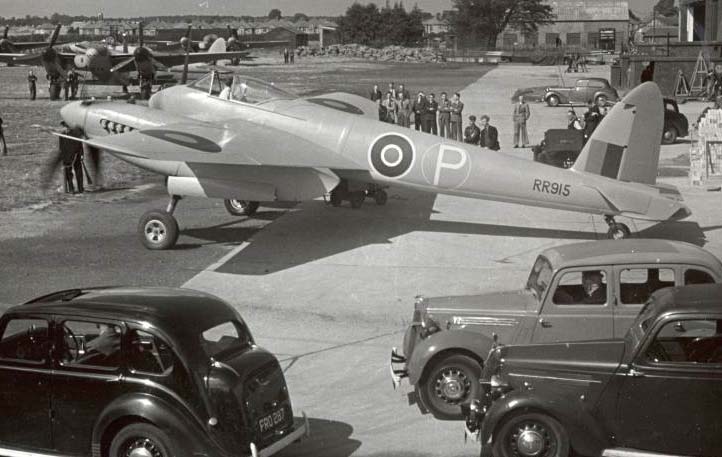
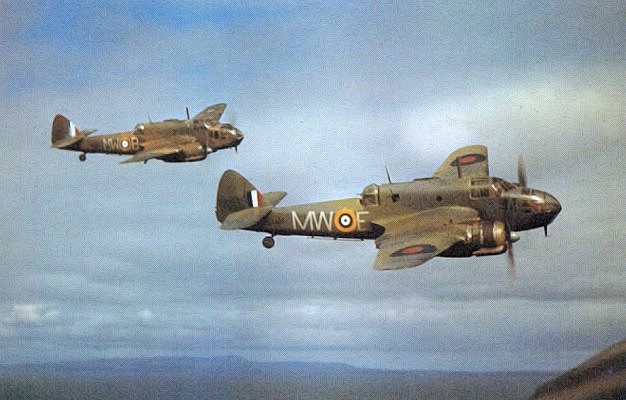
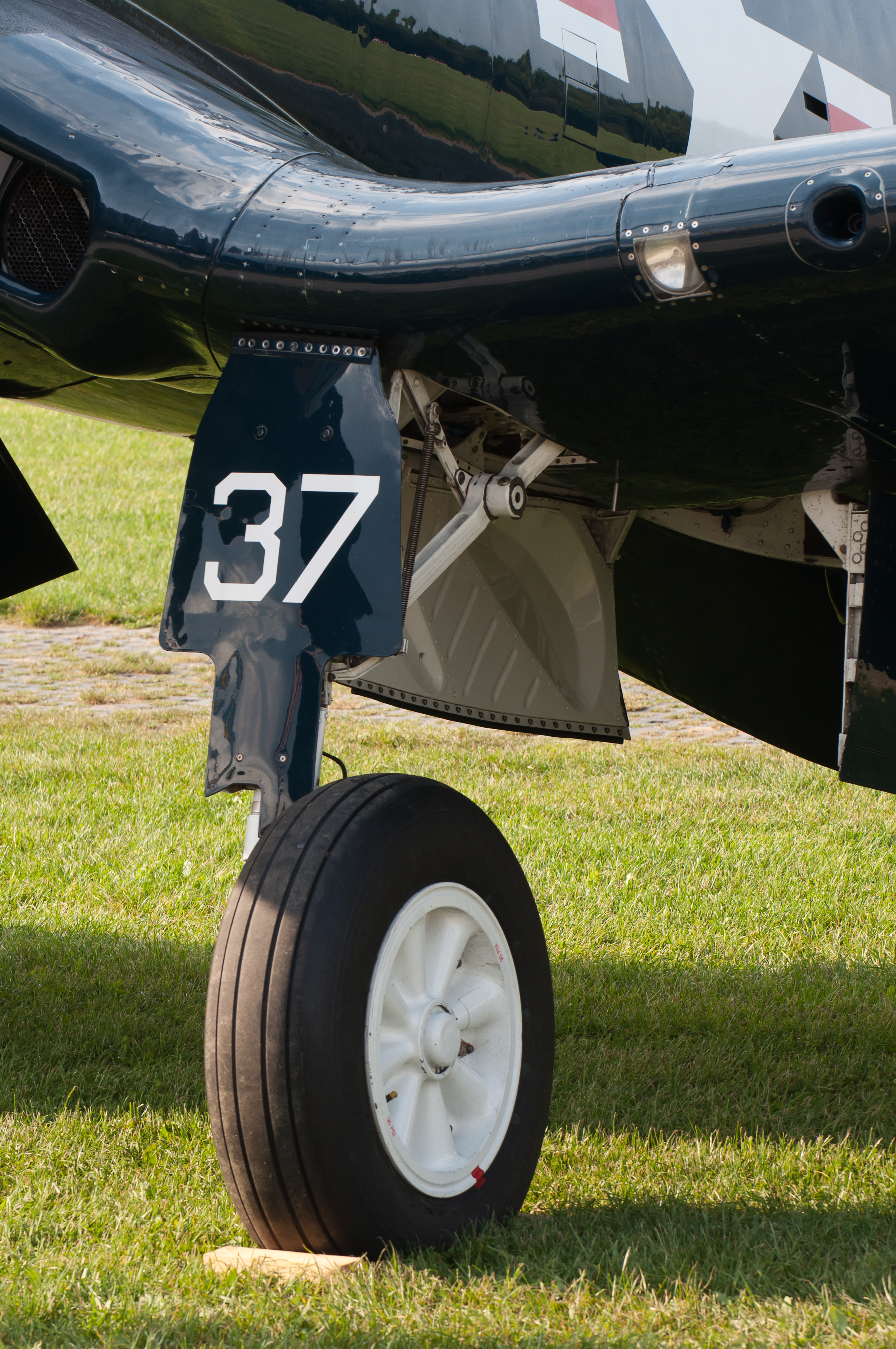
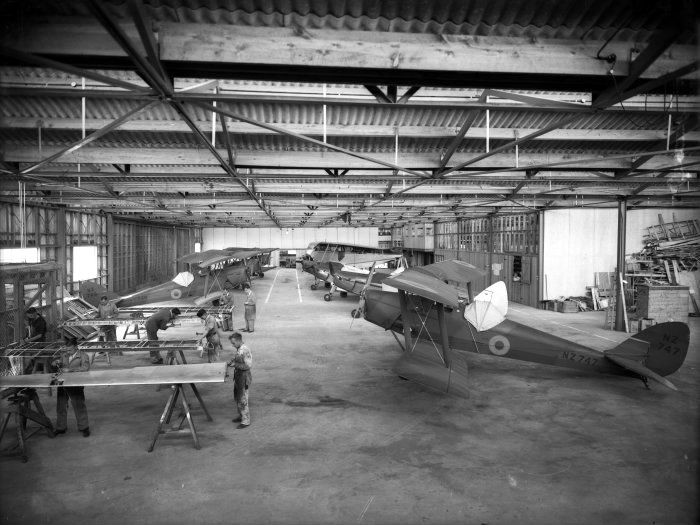
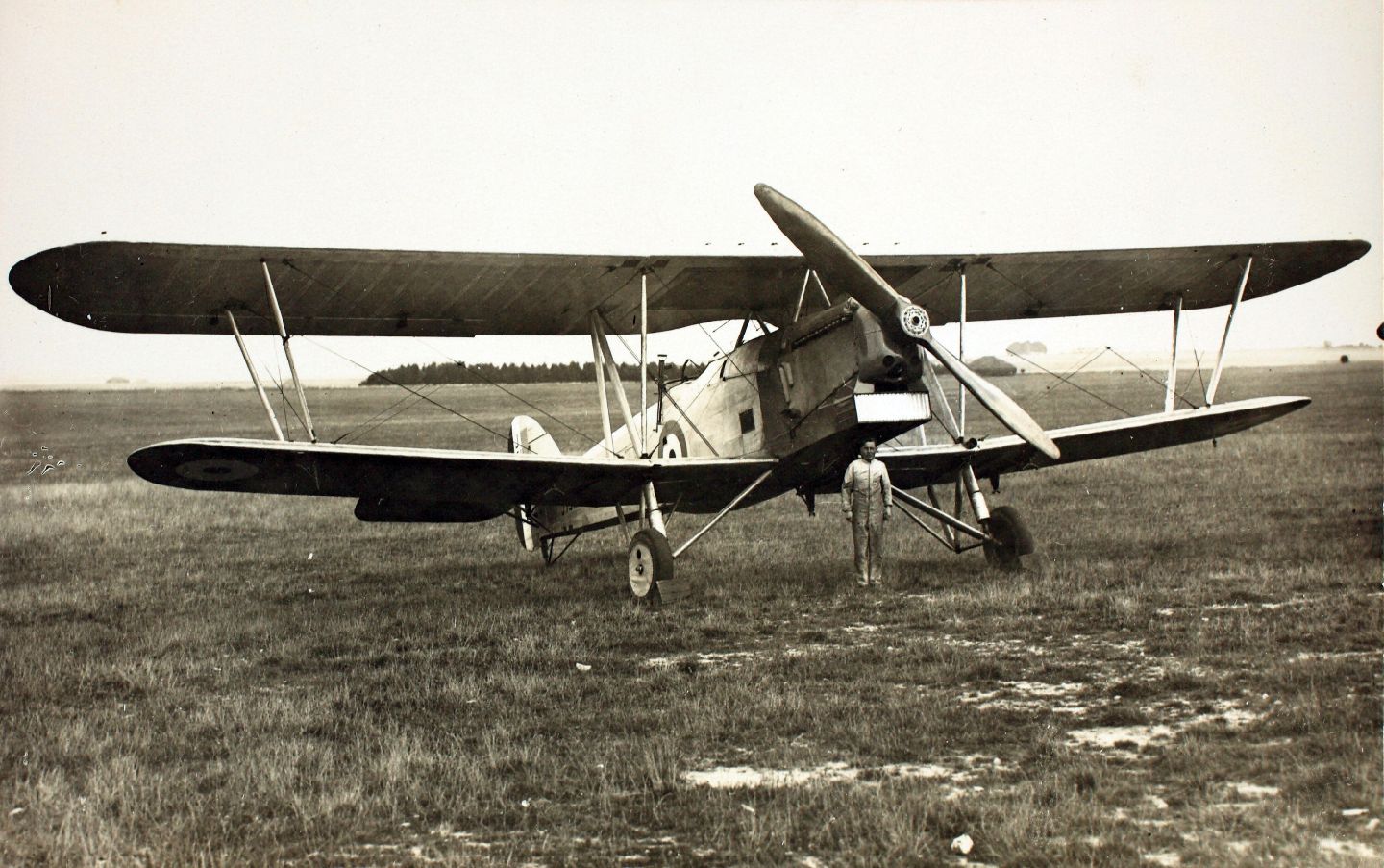
.jpg)



